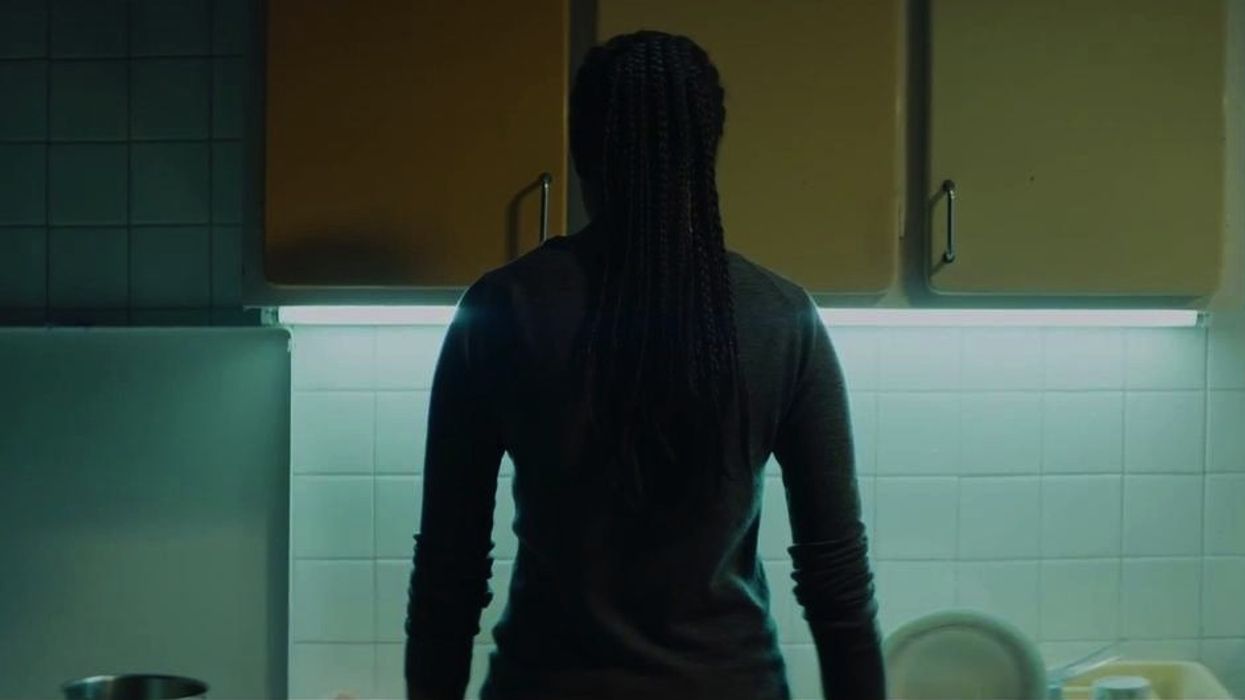5 Different Meanings You Can Evoke with Framing
"Framing an image is defining its meaning."

This is the concept at the center of Chloe Galibert-Laîné's excellent video essay that examines the way directors of films released in 2015 have chosen to frame their images. It explores the different ways a frame can be used to communicate to an audience, whether it be a political discourse, a visual metaphor, or even the psychological effects of a certain aspect ratio.
There is a lot to chew on in this video, but one thing that particularly appeals to me, which I also find important for young filmmakers to know, is the concept of juxtaposition, is when two opposing things are placed near each other to highlight their contrast. This happens in film all the time, and not just with framing.
This happens in screenwriting, say, when two characters, who are opposites of each other, are put together, many times with a common goal. Think of every buddy cop movie, or bromance movie, or literally any movie ever made -- The Odd Couple! Two people move in together and one's super outgoing, messy, and irresponsible, while the other is shy, neat, and conservative. When you put those two people up on screen, that's juxtaposition.
This happens in editing, too. In fact, the Soviet filmmakers responsible for developing the Soviet Montage Theory (Eisenstein, Kuleshov, Pudovkin) essentially invented juxtaposition in editing. Lev Kuleshov famously demonstrated how audiences actually derive more meaning from the interaction of shots than they would simply looking at a single shot.
Another great example, and perhaps a more direct one, of juxtaposition in editing comes from Eisenstein's silent film Strike, which is about the suppression of factory workers as they go on strike. However, one sequence in particular stands out in the film, the one in which images of fleeing workers is cross-cut with images of cattle being slaughtered. This is what Eisenstein called an "intellectual montage", which works by creating a visual metaphor to give new meaning to the sequence. In other words, each sequence, 1.) the fleeing factory workers and 2.) the slaughter of cattle, wouldn't derive the same meaning if they played out separately, but when they're edited together (juxtaposed), they build a powerful message about the way the working class was treated in pre-revolutionary Russia: workers = cattle.
Galibert-Laîné talks a little bit about "deceitful framing", which works by juxtaposing a certain framing over an opposing discourse. In simpler terms, by framing a subject in such a way that it communicates one message, while the narrative communicates another, you are able to create a statement that would otherwise be lost.
She gives an example from Force Majeure. The photo taken at the beginning of the family's vacation has a professional aesthetic in order to communicate that this trip is bound to be perfect, however, as we soon learn, it's far from that.
What was the most helpful part of the video for you? What are your favorite uses of juxtaposition in film? Let us know in the comments!
Source: Keyframe













